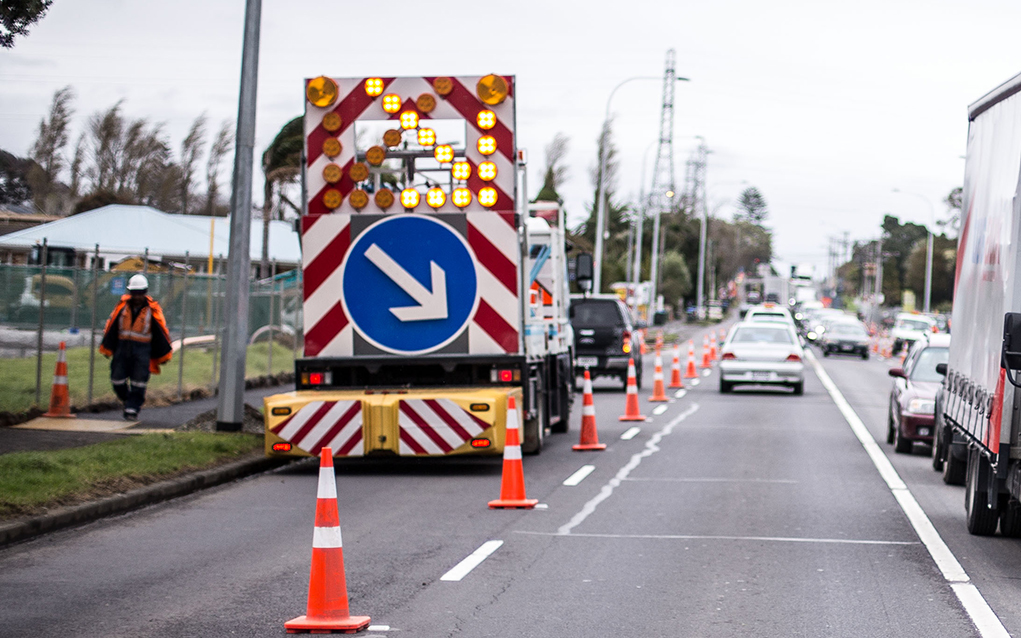Although the main focus of digital technology in these uncertain times has been to track infections or develop new ways of defending ourselves, the second wave of technology will be needed when we all get back to work, companies will be looking to Technology to help them get back on their feet as soon as possible. With the increase in spending that is expected to happen this can’t come quick enough – and technology in TTM will be no different.
Over the years I’ve been in Traffic management there’s been a big push to use digital technology to help businesses to track work, streamline processes and become paperless. This comes with many obvious benefits. The organizations that have already adapted to this way of working will be well prepared for these new social distancing policies, but others may struggle if they’ve kept with paper-based systems. With the use of electronic devices, social distancing becomes easier and businesses will find benefits from sending Traffic management plans electronically and operating remotely.
Some of the challenges we’ll face in the industry will be to train our employees on how to use digital technology. There is a large proportion of the workforce who will struggle with this. Anyone who has attended a traffic control training course in the past few years will have seen the paper version of CoPTTM be replaced by electronic tablets. If you’re not aware this has also been happening on the road, you’ll see many STMS on the road with tablets in their hands. I would expect to see this type of technology used more to avoid close contact with employees.
Webinar software platforms such as Microsoft Teams are being used more than ever to avoid face to face meetings with clients and Road Controlling Authorities. This comes with benefits to everyone as travel times are removed and people gain more time in their day. Meetings I’ve been involved in during the lockdown have worked well. No doubt the rollout of the 5G network across New Zealand will improve video conferencing
As anyone in Temporary Traffic Management will know, it’s an industry that relies on a large workforce to get the job done. Having a team of 5 people on site is not uncommon, and for large worksites, this number can get up to 20 or 30 people. Reducing the size of teams using more technology in the future could rely on organizations using methods like:
- Automatic coning machine to install rows of cones with one person instead of a team of 5 https://www.traffictechnologytoday.com/news/safety/automated-cone-laying-vehicle-in-development.html
- Utilizing Temporary Traffic lights instead of Traffic controllers on stop-go points.
Utilizing Technology will be part of the solution for a lot of companies to get back into the swing of things as fast as possible. In these uncertain times, we may have to rely on Technology more than ever to get us back on track.
